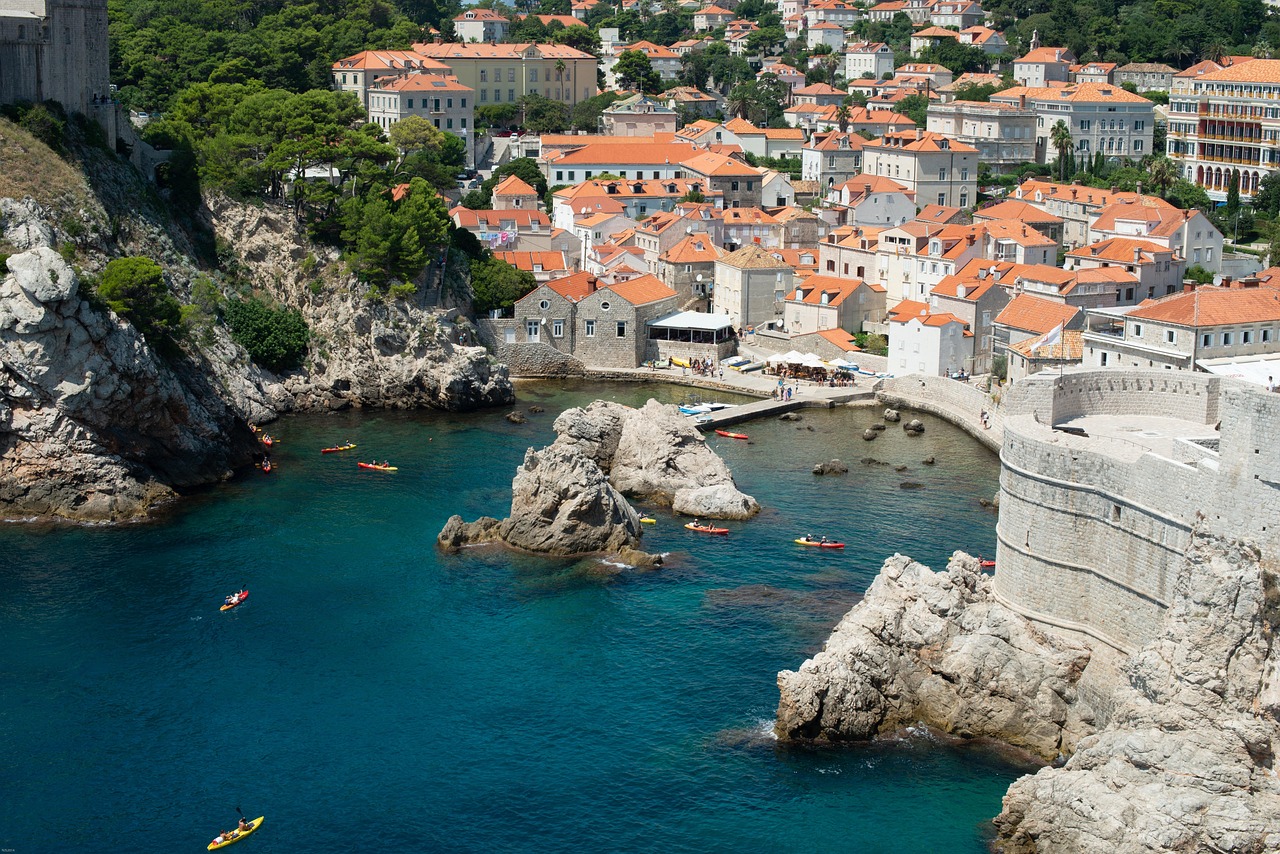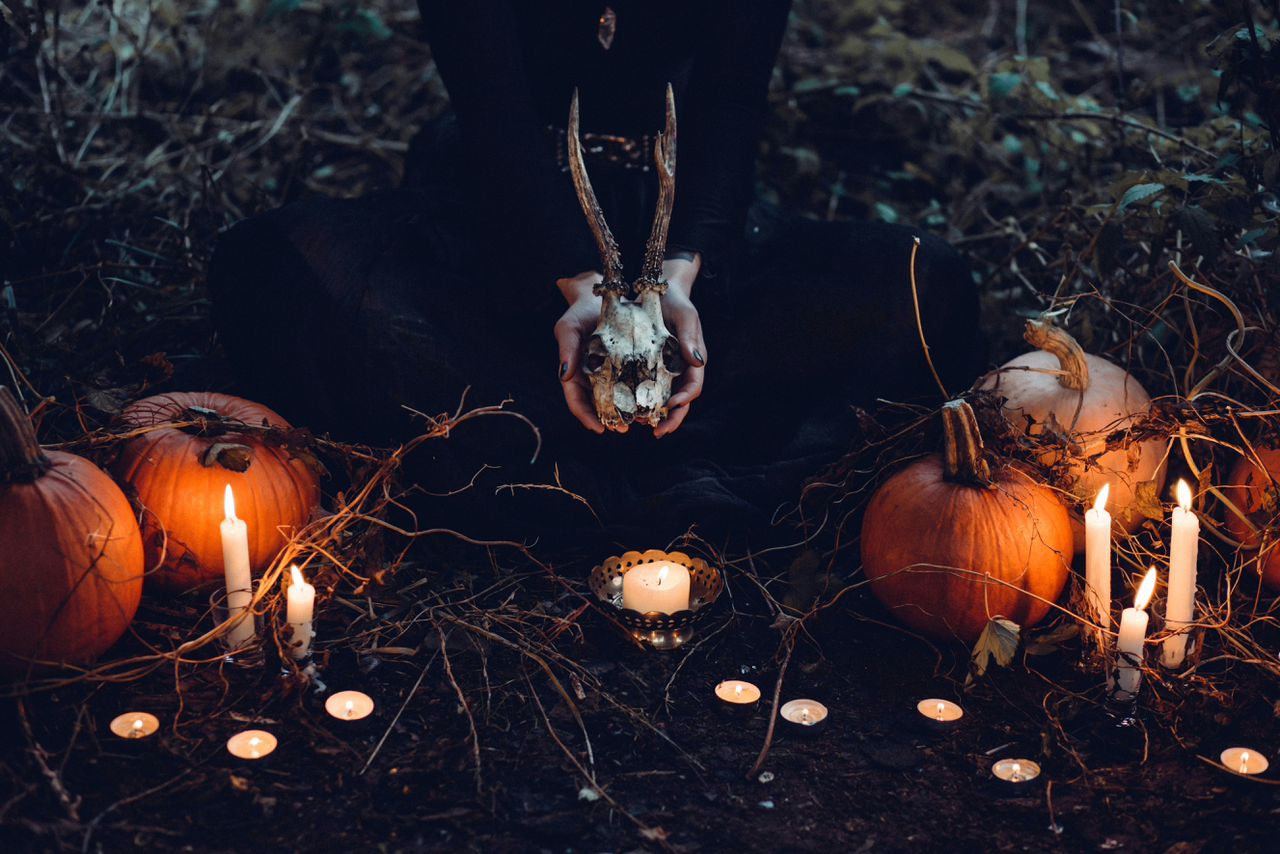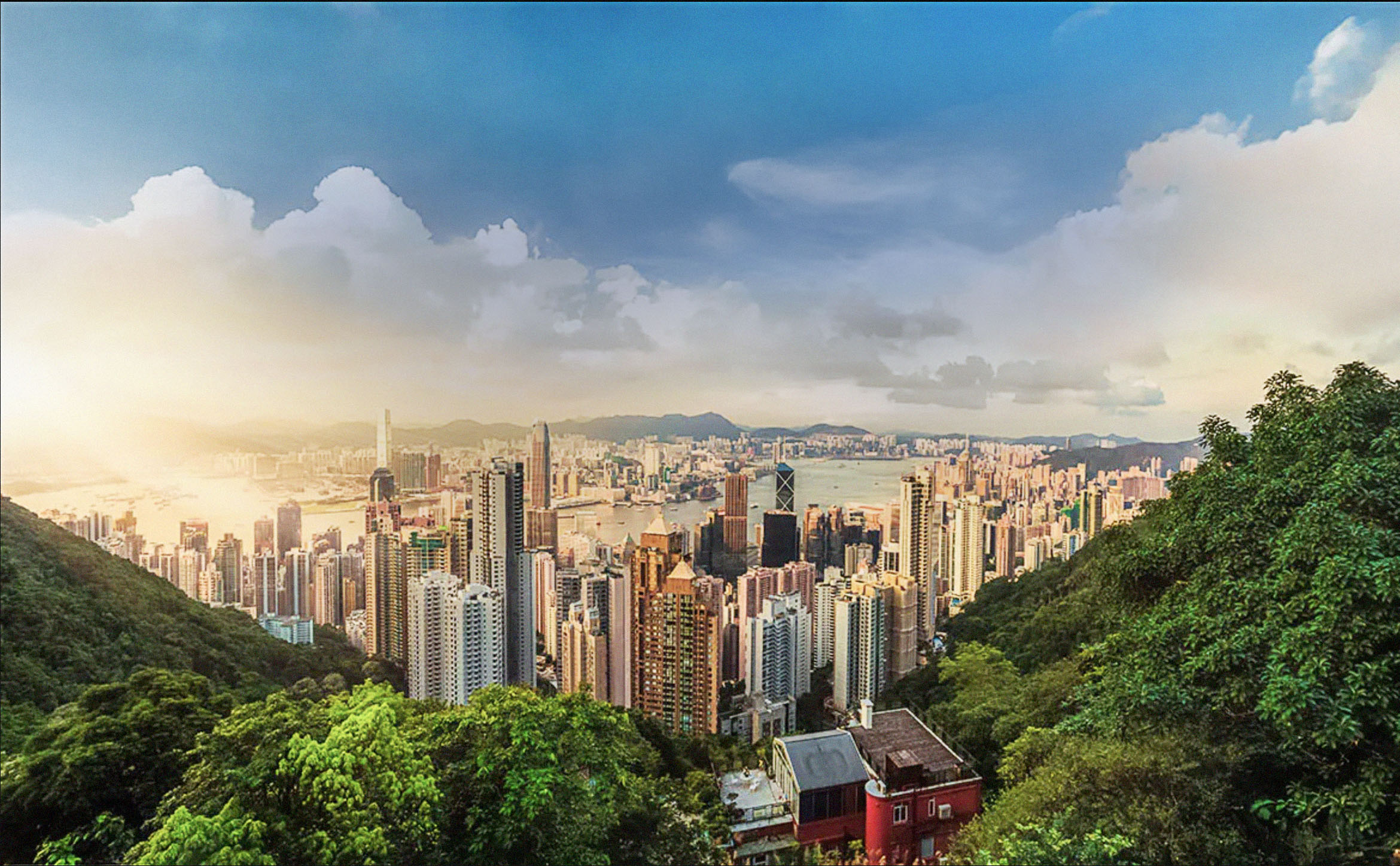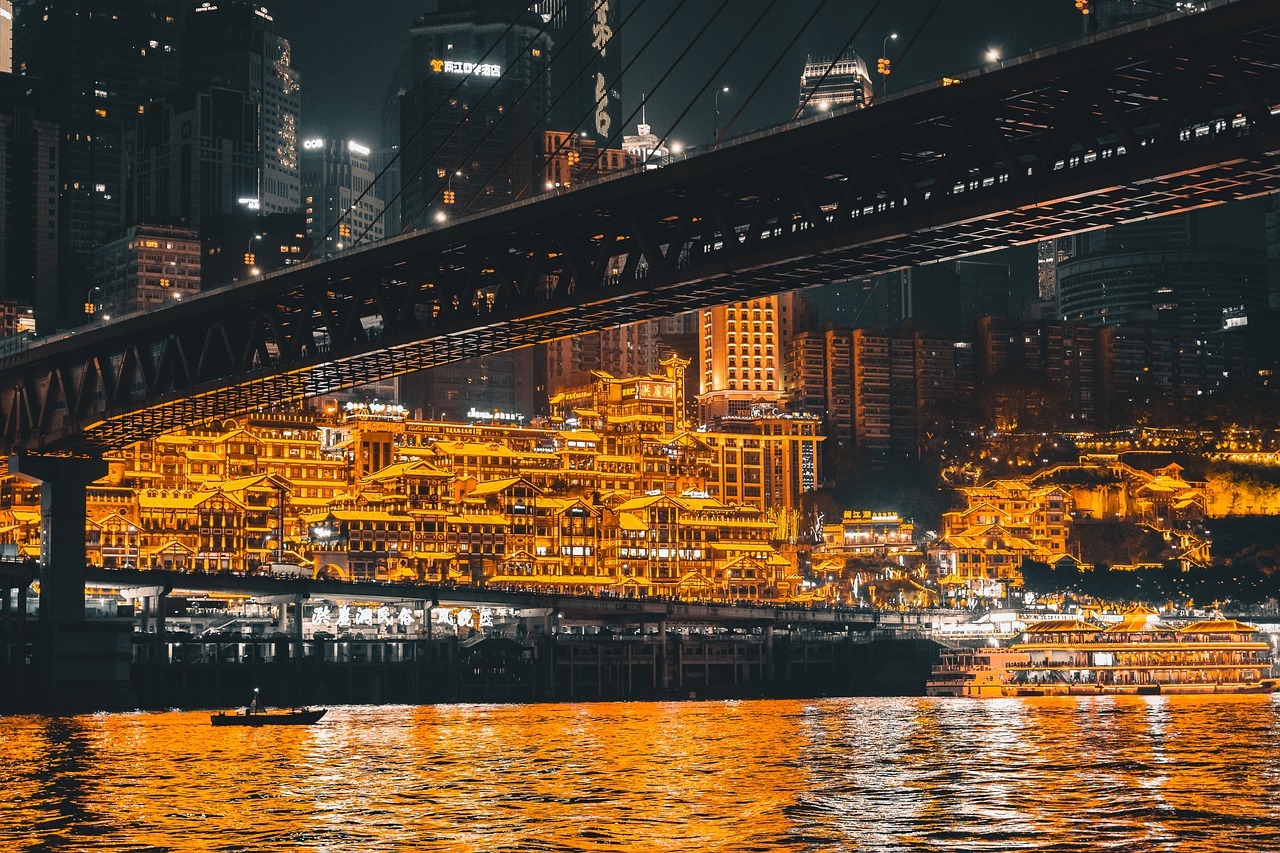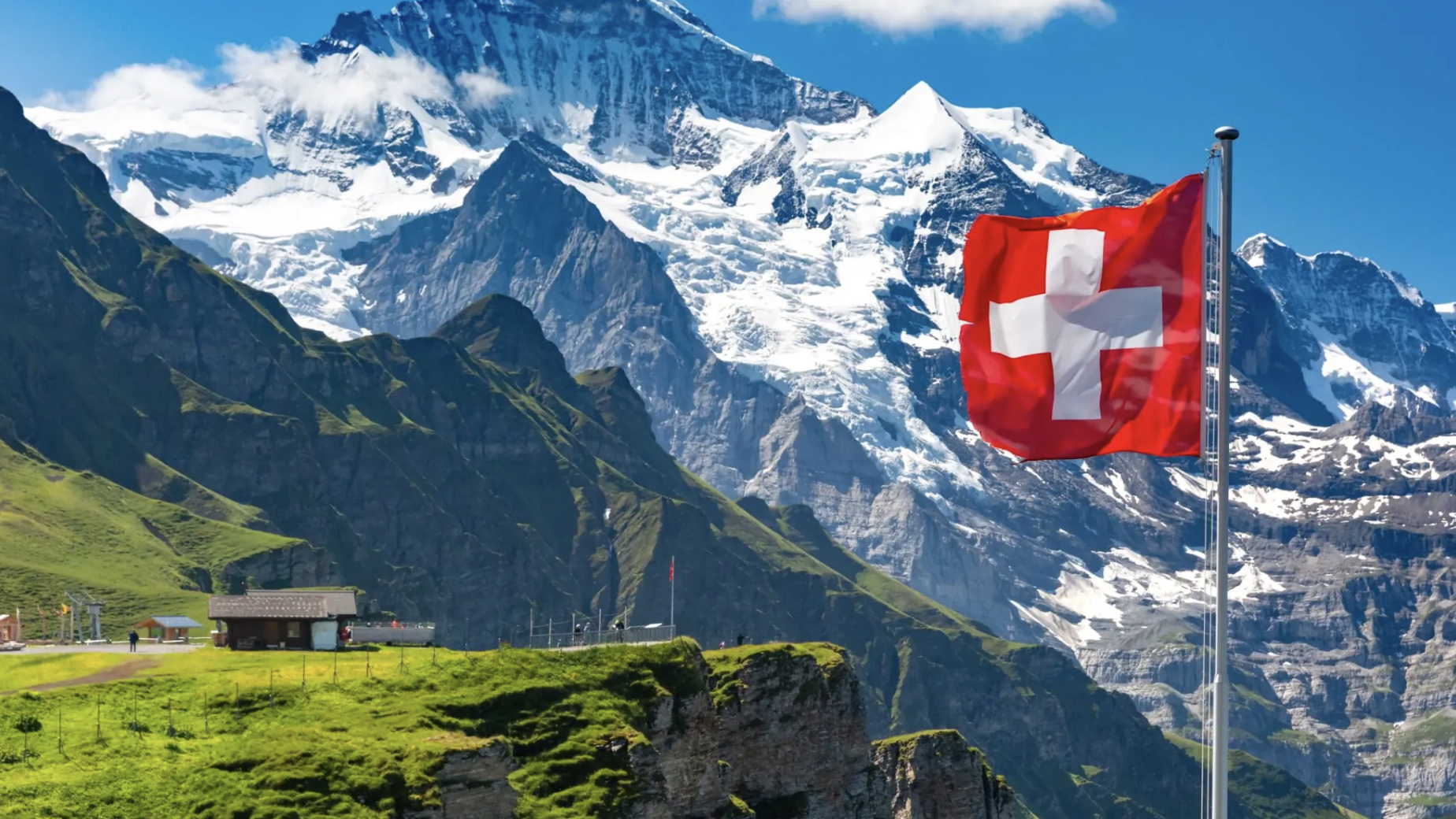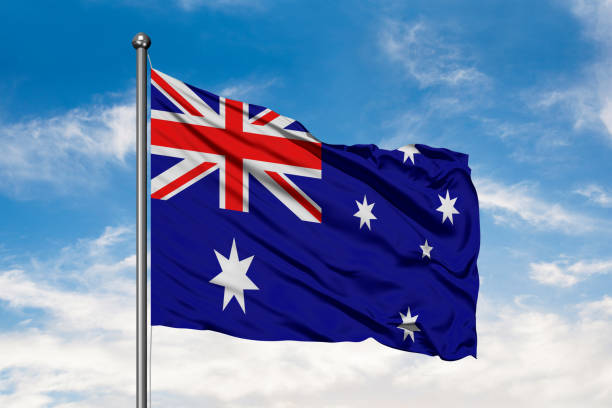5 MUST DOS WHEN IN SWITZERLAND!
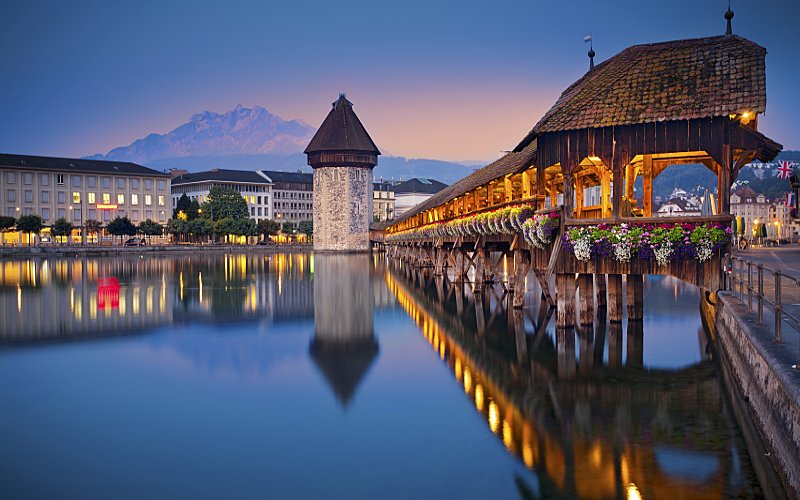
#1 Stroll through Kapellbrucke
Chapel Bridge (“Kapellbrücke”) is a wooden pedestrian bridge that spans Reuss River in the city Lucerne in Switzerland. It is named after the nearby St. Peter’s Chapel, it was built in 1333 and is one of the oldest wooden bridges in Europe. In the beginning, it had length of over 200 meters, but in time, because of replenishment of banks, it was shortened and now has length of 170 meters. It was built as a part of fortifications of Lucerne. Its purpose was to connect old part of town on the right bank with the new part on the left and to serve as protection from attack that could come from the lake at south.
In 1993 the bridge burned down but it was reconstructed true to the original. This large fire hit the international headlines. If you are in Lucerne, do visit this landmark bridge.

#2 Stand on 'Top of Europe'
A visit to the Jungfraujoch puts a jewel in the crown of any visit to Switzerland. Two million people a year make the once-in-a-lifetime trip to Jungfraujoch, for more than 100 years, the Jungfrau railway has been making its journey to Europe’s highest-altitude railway station at 3454 metres a.s.l. – right at the heart of the UNESCO heritage site “Swiss Alps Jungfrau-Aletsch”. All through the year, the cog railway runs steeply up through a tunnel to the Jungfraujoch from Kleine Scheidegg.
The tunnel leading up from the station Eigergletscher is seven kilometres in length and was built between 1896 and 1912. One stop within the tunnel offers spectacular views onto the glacier world outside through windows in the Eiger North Face. On the summit, visitors are greeted by a high-Alpine wonder world made of ice, snow and rocks. All of this can be marvelled at from the viewing platforms “Sphinx” and “Plateau” on the Aletsch glacier or from the “Ice Palace”.

#3 Meet The Lion of Lucerne
In the City of Lucerne, three different sights worth seeing are next-door neighbors: the world-famous Lion's Monument, the Glacier Garden, which has a large mountain relief dating to the 18th century, and the mirror labyrinth "Alhambra" with its 90 mirrors.
The Dying Lion of Lucerne was hewn out of stone on site and commemorates the fallen Swiss guardsmen who died in 1792 during the French Revolution. This memorial has been called the saddest stone in the world.

#4 Marvels the Matterhorn
The Matterhorn and Switzerland are inseparably linked to each other. The pyramid shaped colossus of a mountain, which is very difficult to climb, is said to be the most-photographed mountain in the world. The Klein-Matterhorn ("Little Matterhorn"), which can be reached via a funicular, lies adjacent to the Matterhorn. One has a fantastic view of the world's most photographed mountain from the Klein-Matterhorn (Matterhorn Paradise), which is only separated from the Matterhorn by the Theodul Pass and Glacier. Visitors can board the aerial cable car in Zermatt. The mountain station at 3820 meters above sea level is the highest cable car station of the Alps.

#5 Visit Chillon Castle
The snow-covered peaks of the Alps and the gentle waves of Lake Geneva form the picturesque background of Chillon Castle. Built on a rocky island, this singularly beautiful castle is an extraordinary sight and photo backdrop.The water castle is the most visited historic building in Switzerland. For nearly four centuries Chillon was the residence and profitable toll station of the Counts of Savoy.
Chillon belonged to the Counts of Savoy from the 12th to the 16th century, then the inhabitants of Bern conquered the water castle, and subsequently the inhabitants of Vaud prevailed. More than 400,000 guests visit Chillon per year. They view the wall paintings from the 14th century, the subterranean vaults, parade halls and the bedroom (which has been preserved in its original form) dating to the time of Bernese rule. The entire complex consists of 25 buildings and three courtyards, protected by two circular walls.
Interested to travel to Switzerland? Check out these affordable Switzerland itineraries for your next trip!

